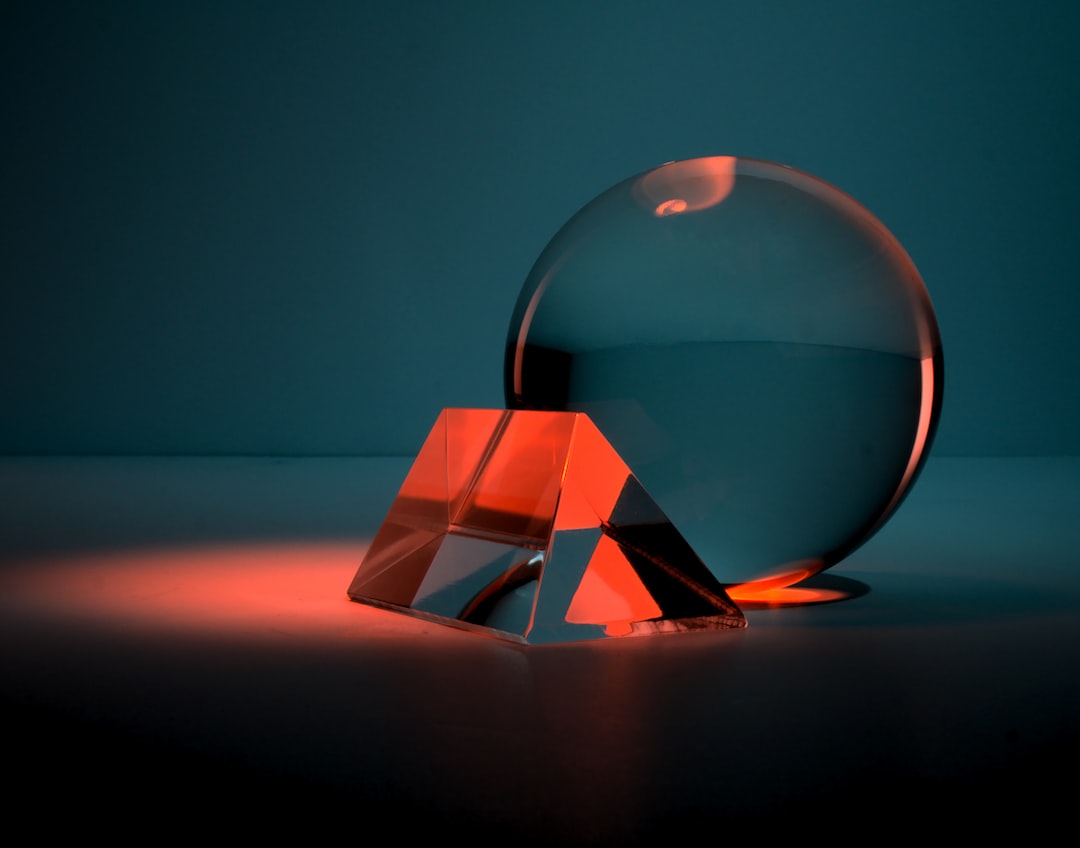The Art of Creating Seamless Patterns in Design
Patterns have always played a significant role in art and design. They add depth, texture, and visual interest to any composition, capturing the viewer’s attention and creating a lasting impression. Creating seamless patterns demands a unique set of skills and an understanding of various design principles. In this blog post, we will explore the art of creating seamless patterns and the techniques that can bring your designs to life.
Firstly, what exactly is a seamless pattern? A seamless pattern is a design element that can be repeated endlessly, without any noticeable seams or borders where the pattern repeats itself. When done well, seamless patterns seamlessly merge together, creating an illusion of infiniteness. They can be applied to various mediums, such as textile design, wallpaper, web design, and even packaging. Mastering the art of creating seamless patterns will undoubtedly elevate your designs and take them to the next level.
To begin the pattern development process, it is essential to have a clear vision in mind. Think about the purpose of the pattern, the emotions you want to evoke, and the style that best represents your subject matter. Understanding the message you want to convey will guide your design decisions throughout the process.
One of the fundamental elements of creating a seamless pattern is ensuring that the edges of the pattern tile seamlessly blend into one another. This can be accomplished by using various design tools such as Adobe Illustrator or Photoshop. These software programs allow you to create a seamlessly repeating tile by adjusting various settings, such as the size of the pattern, the orientation, and the alignment of elements within the tile.
When designing a seamless pattern, it is crucial to pay attention to the scale and proportion of the elements. Elements that are too large or too small can disrupt the overall balance of the design. Experiment with different sizes and arrangements to find the perfect balance that creates a harmonious flow.
Color choice is another vital aspect when creating seamless patterns. Colors play a significant role in evoking emotions and setting the tone of the design. Consider the mood you want to create and choose colors that align with that vision. Experiment with different color combinations, contrasts, and gradients to discover the perfect palette for your pattern.
Texture adds depth and authenticity to a seamless pattern, making it more visually appealing. Incorporating textures can be done through various techniques, such as hand-drawn elements, digital brushes, or overlays. Experiment with different textures and see how they transform your design, adding a tactile quality to the final pattern.
As with any form of art, practice and experimentation are key when creating seamless patterns. Don’t be afraid to try new techniques, explore different styles, and push the boundaries of your creativity. Learn from your mistakes and embrace the iterative process to continually refine and improve your designs.
In conclusion, the art of creating seamless patterns requires a combination of design principles, technical skills, and creativity. It is a delicate balancing act between scale, proportion, color, texture, and vision. By mastering the art of creating seamless patterns, designers can add a unique touch to their work, captivate viewers, and create visually stunning compositions. So, bring out your creativity, experiment with different tools, and let your imagination run wild. The possibilities are endless when it comes to creating seamless patterns in design.

